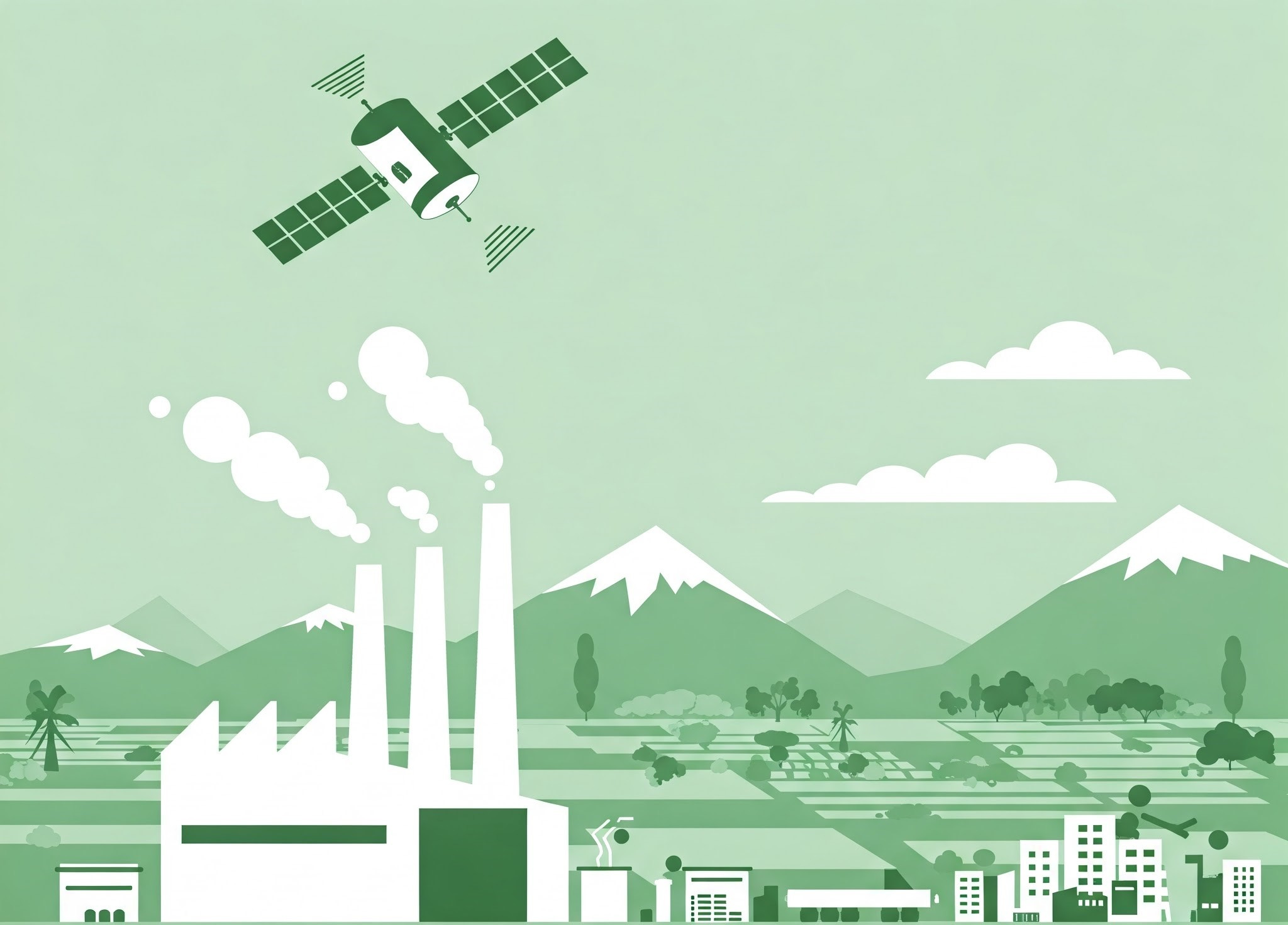Pakistan’s Potential Role in the New Global Tech and Manufacturing Shift
Are We on the Verge of Another Generational Shift?
Our world is no stranger to moments when entire industries, alliances, and global power balances undergo dramatic realignment. From the post-war industrial boom driven by Japan, to India's rise as a global IT powerhouse, history teaches us that each generational shift creates winners and losers. Today, as tensions reshape global trade, supply chains shift, and technology drives economies, a new opportunity emerges—especially for countries positioned strategically with untapped potential.
Could Pakistan be the next nation to seize such an opportunity ?
In this five-part series, we delve deep into Pakistan’s tech capabilities, strategic positioning, and how it could redefine itself amidst global change. We'll explore international examples, internal challenges, and strategic recommendations, offering insights and perspectives from around the world.
Series Overview:
Part 1: Shifting Sands—Understanding the New Global Economic Landscape
Part 2: Pakistan’s IT Sector—A Rising Digital Hub?
Part 3: How China’s Industrial Shift Could Transform Pakistan
Part 4: Stability at Stake—Addressing Pakistan’s Internal Challenges
Part 5: Lessons from Global Successes and a Roadmap for Pakistan’s Future
Shifting Sands—Understanding the New Global Economic Landscape
Economic power has never been static – it shifts from one generation to the next. In the late 20th century, Japan exemplified this by transforming itself into a tech manufacturing powerhouse. With strong government support (through MITI) and an export-driven strategy, Japan captured global markets in electronics and automobiles1. By the 1980s, “Japan Inc.” was synonymous with high-quality tech exports, illustrating how a nation could rise within a generation through focus and innovation.
Later, India charted a different course: starting in the 1990s, it became the back-office of the world. A catalyst was the Y2K scare around 2000, when U.S. companies desperately needed software talent. Indian engineers, abundant and affordable, answered the call. This outsourcing wave launched India’s IT services boom – beginning with basic coding and call centers and evolving into a $227 billion tech industry by 2022 2. In short, India leveraged its English-speaking workforce and early investments in tech education to become the world’s IT helpdesk 3.
Smaller countries too have seized generational opportunities. Costa Rica, once known for coffee and bananas, shifted to microchips and medical devices. Over decades, it attracted giants like Intel and 450+ multinationals, propelling its exports from a mere $63 million in 1950 to $28 billion by 2023 4. Costa Rica’s focus on education, political stability, and green growth turned it into a high-tech hub despite its size.
Similarly, Vietnam moved from textiles to tech manufacturing. With a stable pro-investment regime, Vietnam became a prime destination for factories relocating from higher-cost China. The U.S.-China trade war accelerated this shift – Vietnam’s steady policies and low costs drew in firms seeking to bypass tariffs. By 2019, Vietnam was Southeast Asia’s fastest-growing economy (7% GDP growth), clearly benefitting as companies moved operations from China5 . Vietnam’s emergence shows how a country can ride geopolitical waves: it positioned itself as a reliable alternate supply chain base, though it too must keep improving competitiveness to sustain the gains.
Today’s current global context is defined by a reordering of these economic relationships. We live in an increasingly multipolar world where no single country dominates. The U.S.-China rivalry has led to protectionism and “decoupling” in critical industries. Both giants are reducing mutual dependence: the U.S. is “friend-shoring” production to allies, while China is moving up the value chain and localizing high-tech manufacturing6. This realignment is unraveling old supply chains built purely on cost efficiency. Instead, concerns about national security and resilience are driving decisions. Trillions of dollars in investments are targeting new hubs – from India to Mexico to Southeast Asia – as firms diversify away from over-reliance on any one country.
In short, globalization’s next chapter will be written by multiple regional players. The question is:
Can Pakistan be one of the winners in this generational shift?
This series continues with “Part 2: Pakistan’s IT Sector—A Rising Digital Hub?"



